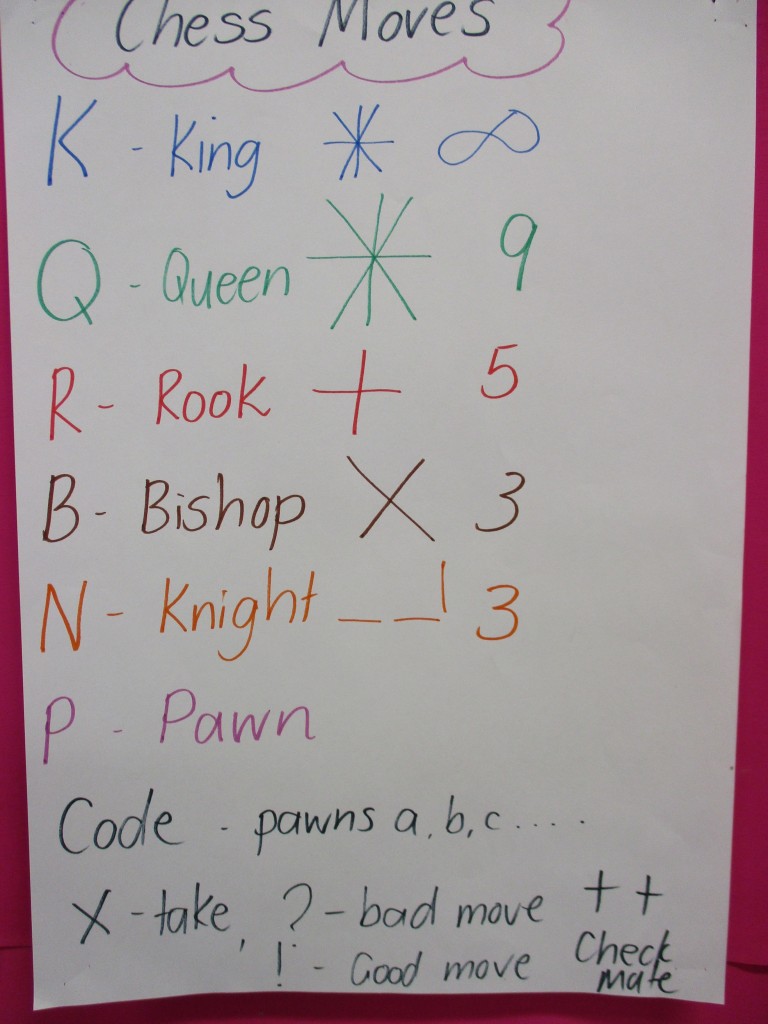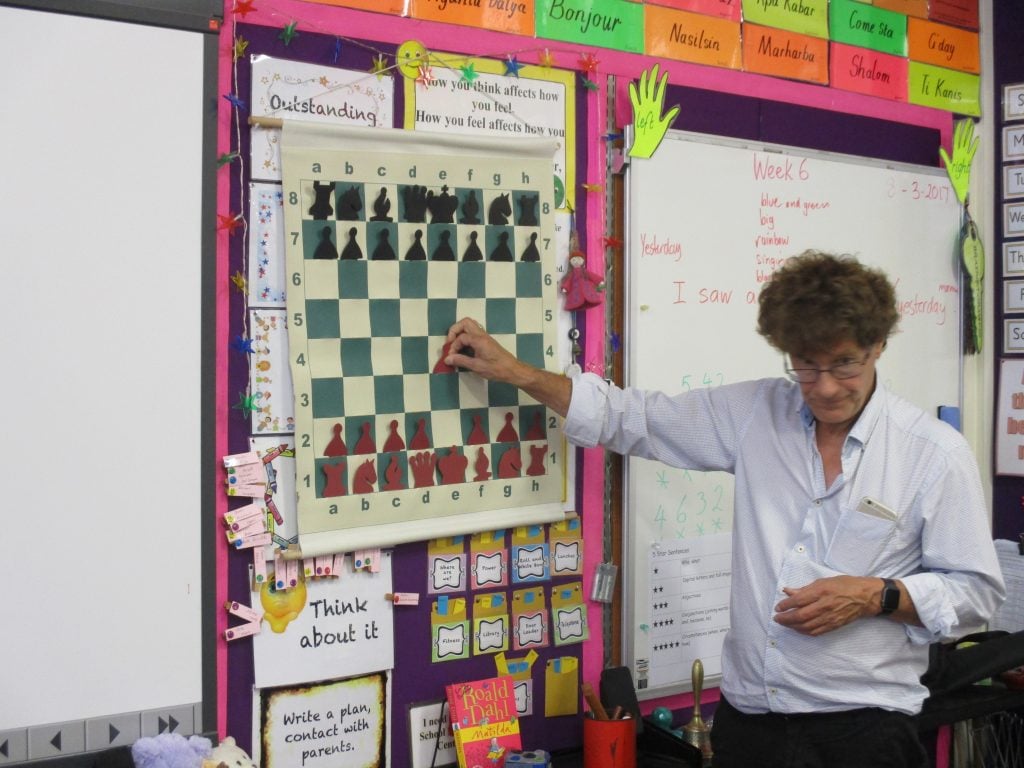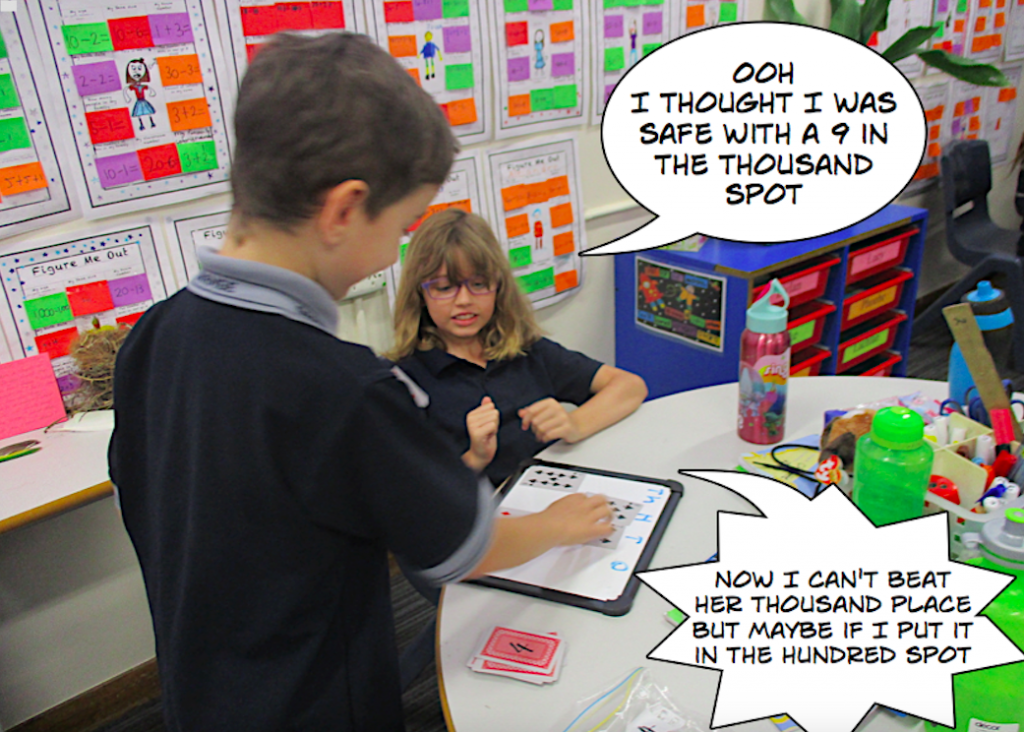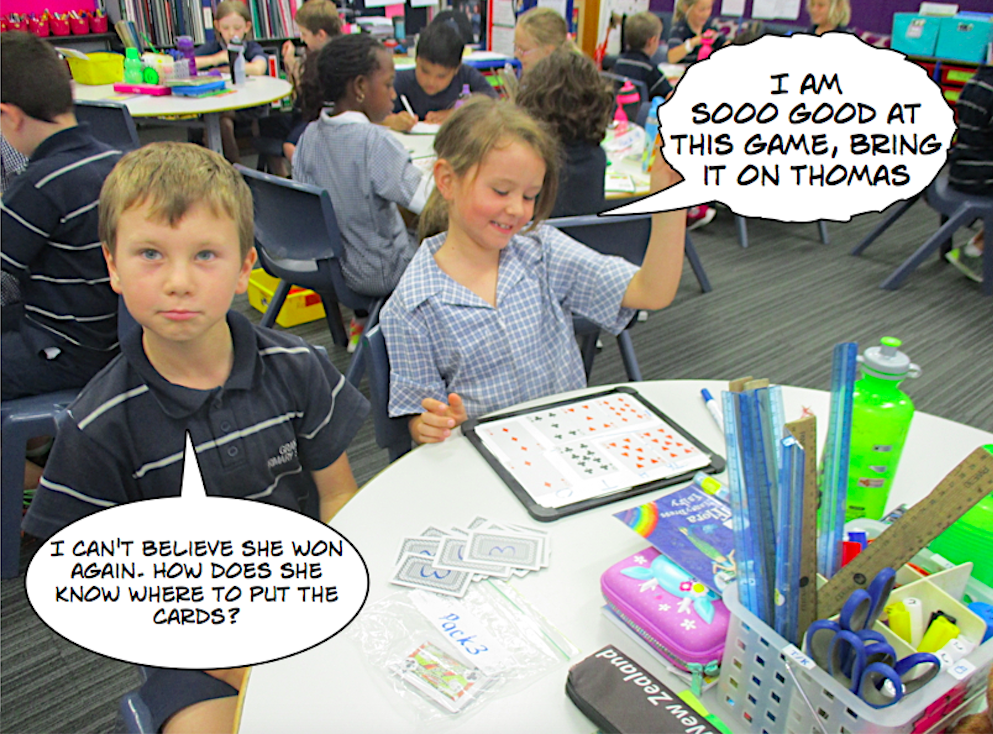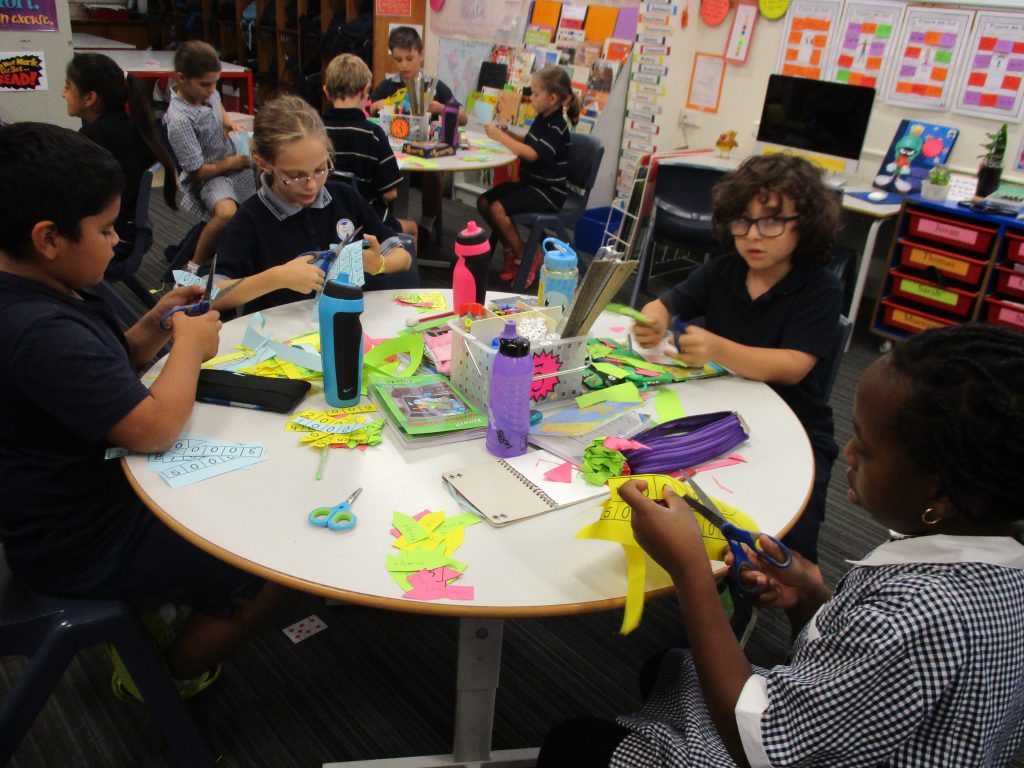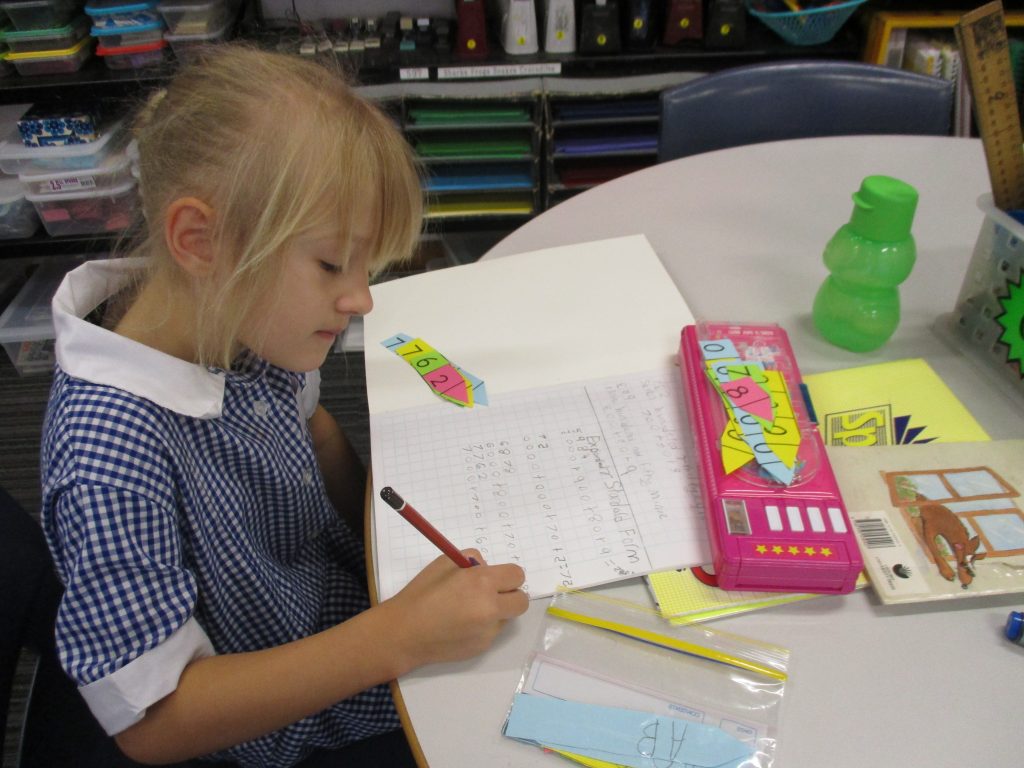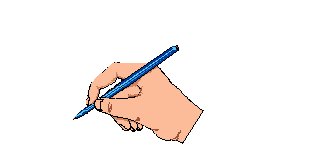
fraction |ˈfrakʃ(ə)n| noun
1 a numerical quantity that is not a whole number (e.g. 1/2, 0.5).
2 a small or tiny part, amount, or proportion of something: he hesitated for a fraction of a second | her eyes widened a fraction.
For the past few weeks we have been investigating the mathematical concept of fractions.
We had all heard the words like half and quarters and began to share our understandings of what we thought fractions were. Alex Narcys, our Maths coordinator, wanted to come in and work with us further on this concept.
We began by reminding ourselves of what we valued when doing maths and what we didn’t like as well. You may want to revisit our earlier post on that from term one for our posters.
All photos taken by Ellen
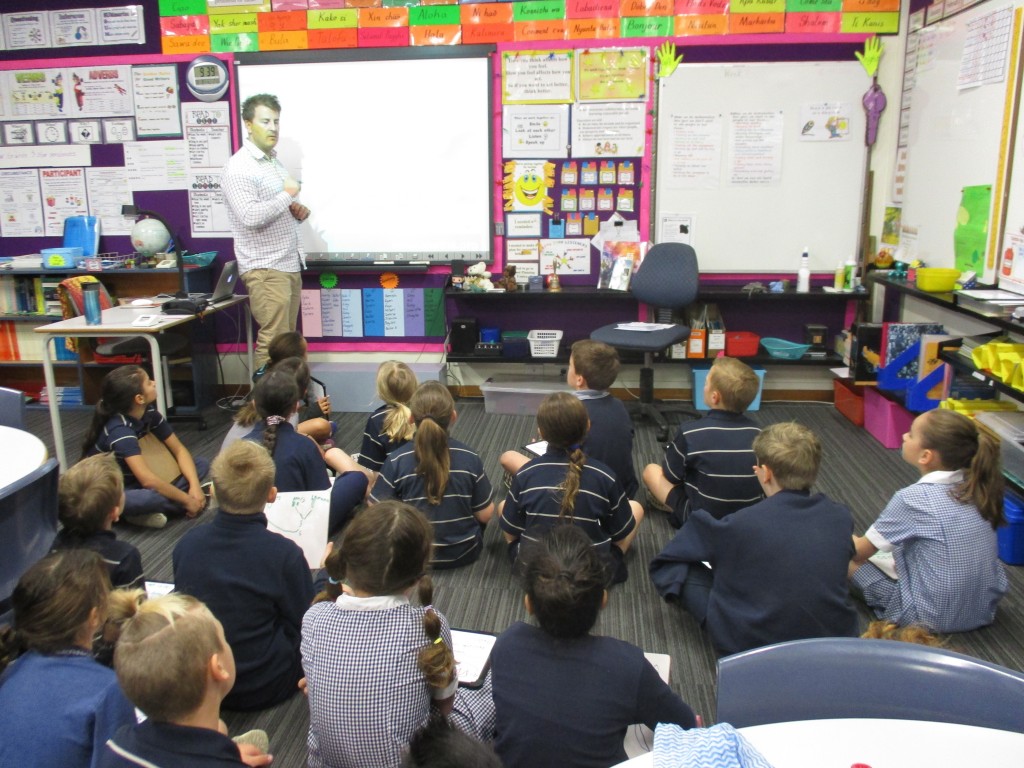
Alex began by showing the students a bowl of fruit but we didn’t know how many apples there would be.
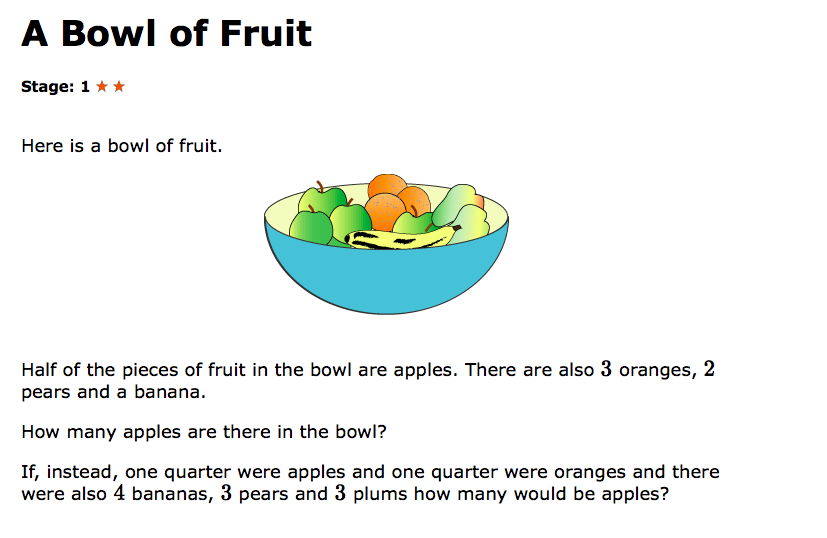
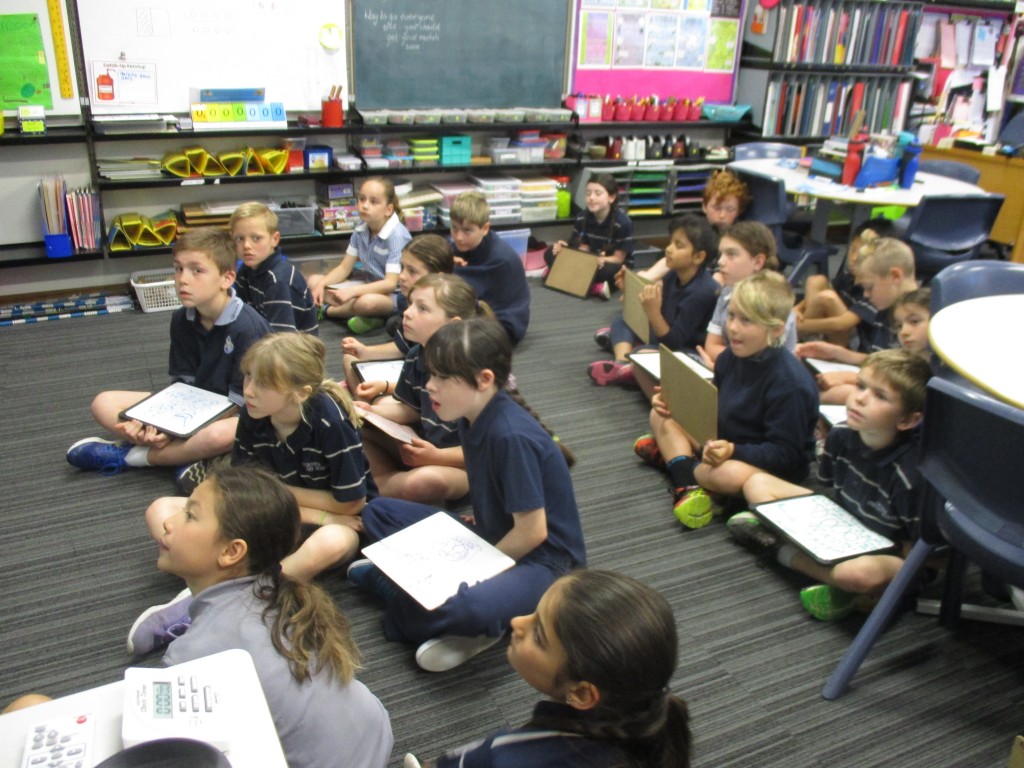
They all worked out that there were 6 apples. To solve this problem, students discussed their reasoning and the strategies used such as addition, others were using the language of halves and doubling numbers. They agreed on getting the language and concept right.
So what is a half?
Halves are two equal pieces
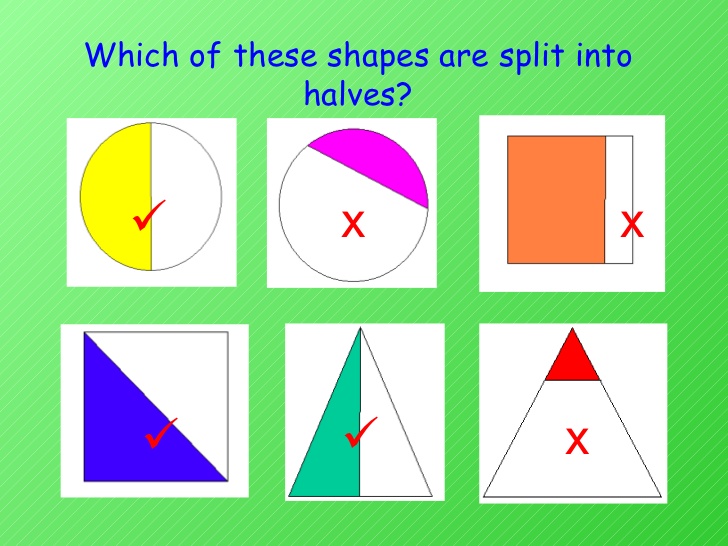
It soon became clear that students knew what made a half two equal pieces ….. or did they?
Alex gave them all squares and challenged them to find as many ways as they could to show half. After folding down the middle some had to think again, does it always have to be in the middle? What could a different way look like?
What do you think of these samples?
Then we tried the same task with wavy lines… that was challenging but fun.
Fraction Walls


It was time to get building. We began to build fraction walls. Starting with a whole brick, we laid the foundation stone. Taking another brick we cut that into two equal pieces and laid that above. The third layer was divided into three bricks, the fourth into four bricks and so we went on to build strong walls. Ellen let us find our own ways to make the equal sized bricks.
Getting the bricks to be all equal sizes was a challenge. Children discovered amazing strategies to get them to work. They realised wholes could be folded into halves and once they knew how to get thirds they could get sixths by folding thirds into halves. They all agreed the hardest was the fifths and then they thought ninths was almost impossible. But with persistence and strategic thinking, they completed their walls.
So what do we know now?
- that fractions are equal pieces
- a whole can be divided into many smaller equal pieces – these are called fractions.
- the more you divide the smaller the size of the fraction
- fractions have mathematical names -top is the numerator how many fractions and lower is the denominator how many equal pieces
You think you know it? Can you show it?
Mr Narcys wanted to see us put that new learning into practice. Choosing a random fraction he wanted us to show the fraction in different ways as a circle, in a square, as a collection, on a strip of paper and on a number line. We had these fractions 1/2, 1/3, 1/4 or 1/5 to pick from. Some children sighed with relief when they got 1/2 and 1/4. Others groaned when they got 1/3, 1/5. Why do you think that?
-

-
1/2
-

-
halves
-

-
1/3
-

-
thirds
-

-
1/4
-

-
quarters or fourths
-

-
1/5
-

-
fifths
The children found themselves using a lot of mathematical problem solving strategies particularly organising equal fifths. However they were collectively challenged by showing fractions on a number line.
We know where we need to put some investigation into for next term…. Numberlines
Stay tuned for more fraction investigations.
What did you enjoy about working with fractions?
What did you find tricky to do?
How would you explain fractions to a year two student?
What else do want us to investigate about fractions next term?




